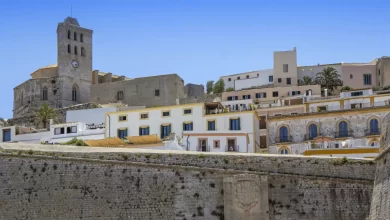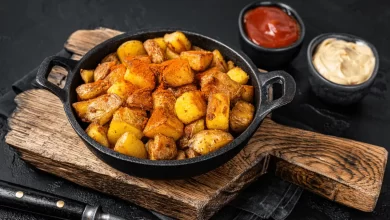The Day of the Dead, also known as “Día de Muertos” in Spanish, is a lively and heartwarming celebration cherished by millions worldwide. This vibrant tradition has deep roots in Mexican culture and has captured the fascination of people from various backgrounds.
this vibrant holiday has transcended borders and captured the fascination of people from various backgrounds. In this article, we’ll take you on a delightful journey, exploring the enchanting traditions, customs, and beliefs surrounding the Day of the Dead in Spanish-speaking communities.
The Origins of Día de Muertos
To truly appreciate the Day of the Dead, we must first understand its history and origins. Dating back to the Aztecs over 3,000 years ago, this celebration has evolved through a beautiful amalgamation of indigenous beliefs and Catholic influence. The Aztecs believed that death was a natural part of the human journey, and that the spirits of their departed loved ones continued to exist in a parallel world after their physical passing. When Spanish conquistadors arrived in the 16th century, they blended their All Saints’ Day and All Souls’ Day traditions with the Aztec rituals, giving birth to the vibrant and unique Día de Muertos we know today.
Preparations and Festive Atmosphere
Months before the actual celebration, families start preparing for the Day of the Dead with unwavering enthusiasm. Elaborate altars, known as “ofrendas,” are constructed in homes and cemeteries, adorned with vibrant marigold flowers, candles, sugar skulls, and the favorite foods and beverages of the departed. These ofrendas serve as a warm invitation for the spirits to visit the living world and share in the joys of the festivities.
Calacas and Catrinas: The Living Dead
One of the most iconic symbols of the Day of the Dead in Spanish culture is the “calaca,” a whimsical representation of a skeleton, often engaged in lively activities. The “Catrina,” a stylish female skeleton adorned in elegant clothing, is another beloved figure, symbolizing that death unites everyone, regardless of their social status. These cheerful calacas and catrinas embody the Mexican spirit of finding joy even in the face of mortality.
Sweet Offerings: Sugar Skulls and Pan de Muerto
No Day of the Dead celebration is complete without the delightful sugar skulls and “Pan de Muerto.” Sugar skulls, intricately decorated with colorful icing, bear the names of the living and the departed, offering a sweet reminder of the cycle of life and death. Pan de Muerto, a special type of sweet bread, is baked and shared with family and friends. Its circular shape represents the circle of life, while the dough ornaments signify bones and tears shed for the departed.
La Catrina Parade: A Festive Spectacle
In recent years, the Day of the Dead in Spanish-speaking regions has been punctuated by grand parades featuring lively music, vibrant costumes, and enthusiastic dancers. Among these parades, the La Catrina Parade in Mexico City stands out as one of the largest and most spectacular events, drawing thousands of locals and tourists alike. The procession celebrates the rich cultural heritage of Mexico and pays tribute to the resilience of its people.
Day of the Dead Around the World
While Día de Muertos is most prominently celebrated in Mexico, its influence has spread to various parts of the world, becoming a multicultural phenomenon. In the United States, cities with
significant Hispanic communities, such as Los Angeles, San Francisco, and San Antonio, host colorful festivities. Additionally, UNESCO has recognized the cultural importance of the Day of the Dead by inscribing it into its Representative List of the Intangible Cultural Heritage of Humanity.
The Day of the Dead : A Celebration of Life
Contrary to the name, the Day of the Dead is anything but morbid. It is a joyful occasion where families come together to remember and celebrate the lives of their departed loved ones. Through lively gatherings, touching ceremonies, and heartwarming traditions, the spirits of the deceased are believed to find their way back to the living world for a brief reunion. The Day of the Dead in Spanish is a testament to the enduring power of love, remembrance, and the richness of cultural heritage.
Conclusion:
The Day of the Dead in Spanish, or Día de Muertos, is a captivating celebration that captivates hearts worldwide with its colorful traditions, meaningful rituals, and profound sense of community. Far from being a somber affair, this joyous occasion reminds us of the beauty of life and the importance of cherishing the memories of those who have departed. As the world continues to embrace diverse cultures, let us embrace the spirit of Día de Muertos and cherish the cycle of life with open hearts and open arms.





